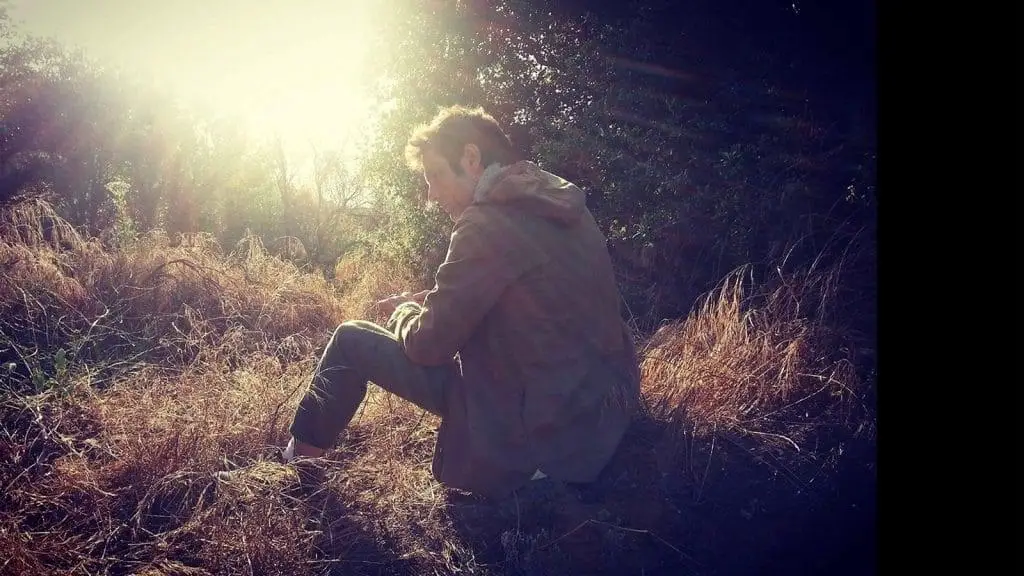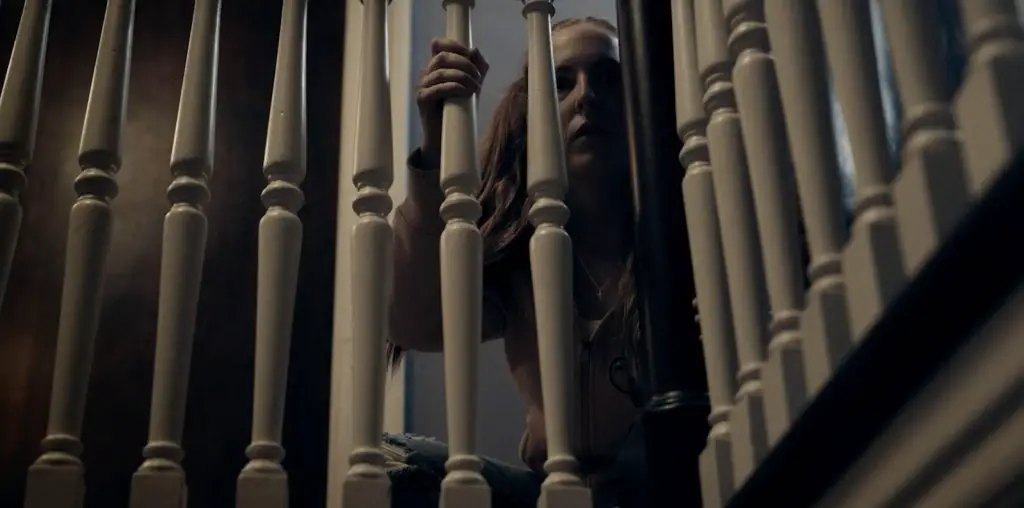
Every choice we make has its consequences, but is it possible to go back and fix errors when it comes to life and its relationships? Maybe… maybe not…
Robert Chancer (Rhys Denton) and Charlotte Worth (Katie Crawford) had that storybook-romance everyone dreams about and seldom experiences. Both were young, smart, good-looking, and very much in love with each other. Then, as happens in real life, Charlotte received a job offer she couldn’t refuse. At least that is how she felt at the time. And in its inimitable way, money and all that it sparks created that infamous wedge that breaks up many a happy love affair.
Indietro is director John Tomkins’ exploration of how to make love last, and relationships stand the test of time, in spite of worldly desires and needs. These issues are as timeless as life itself. Interestingly, Tomkins chooses to grapple with these major philosophical inquiries by stepping back in time, both speculatively and cinematically.
He accomplishes this through a merger of silent film techniques and extreme melodramatic, experimental narrative. Indietro’s cinematic story is fleshed out through a schmaltzy film score, disembodied narratives, or, more accurately, poetic-chorale-voiceovers, spoken by Robert and Charlotte, and trick photography. In terms of the latter, viewers see characters walking backwards, spouting-water returning to the water hose from whence it comes, and the like.
These types of cinematic-shenanigans were used a great deal by the pioneering filmmaker Alice Guy-Blaché, in her now legendary short spoof, Avenue de l’Opéra (1900). In Avenue, Guy-Blaché’s filmstock is reversed, so that people, carriages, and even music move backwards to reveal a topsy-turvy world. But where Guy-Blaché’s plot-motivations were as ambiguous as she was, Tomkins’ overall plan is blatant: i.e. his story must be corrected for the salvation of his principal characters’ romance.
That being said, does Indietro work as a viable and interesting movie? In my opinion, a bit yes and primarily no. Yes, for Tomkins’ need to create new cinema, even if he’s inevitably utilizing techniques as old as movies themselves—and yes, for taking on two of the toughest philosophical investigations of all time: love and ambition.
However, what severely weakens Indietro is that the short film ceases to be a movie at all, and instead becomes an overly theatrical installation piece— complete with actors presumably directed to overact. And while there is certainly nothing wrong with installation as an art form, reviewing Indietro as a movie becomes almost impossible.
As a critic of Film Threat, I am asked to rate films with stars. In this case, I must use the star-system strictly as a tool of my trade, even though my heart is not into it and I would prefer not to do so at all. In spite of the rating shown, I sincerely hope that Tomkins and Company continue to make true movies— experimental or otherwise— and look forward to the viewings, in their time.
This film was submitted for review through our Submission for Review system. If you have a film you’d like us to see, and we aren’t already looking into it on our own, you too can utilize this service.

